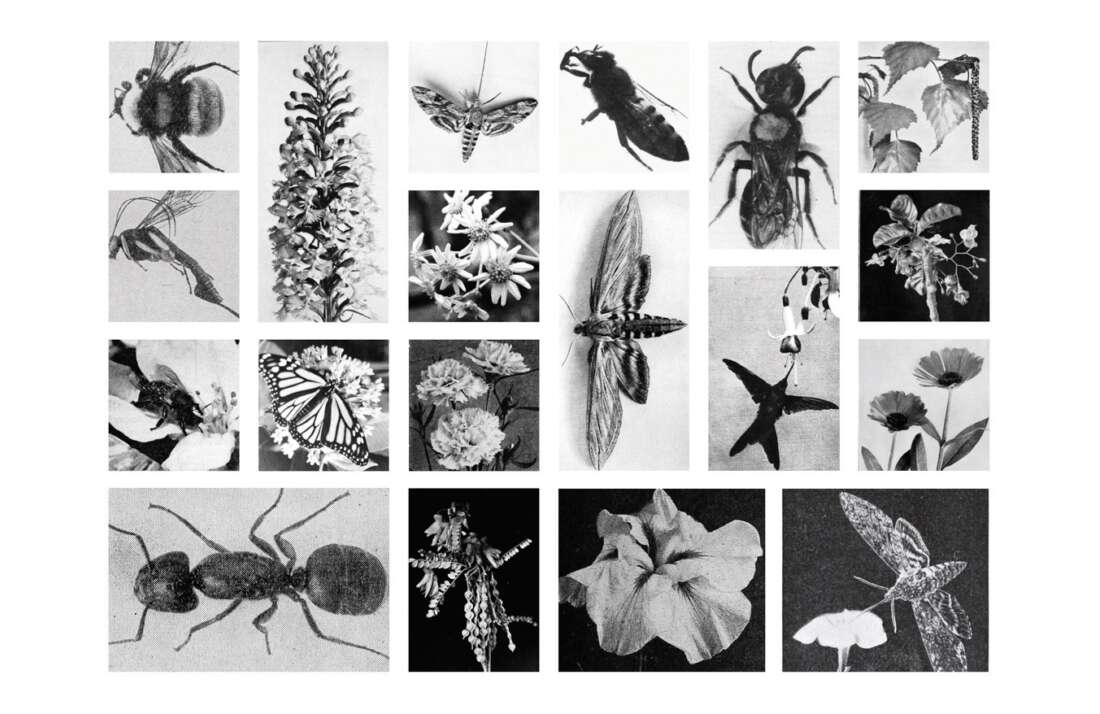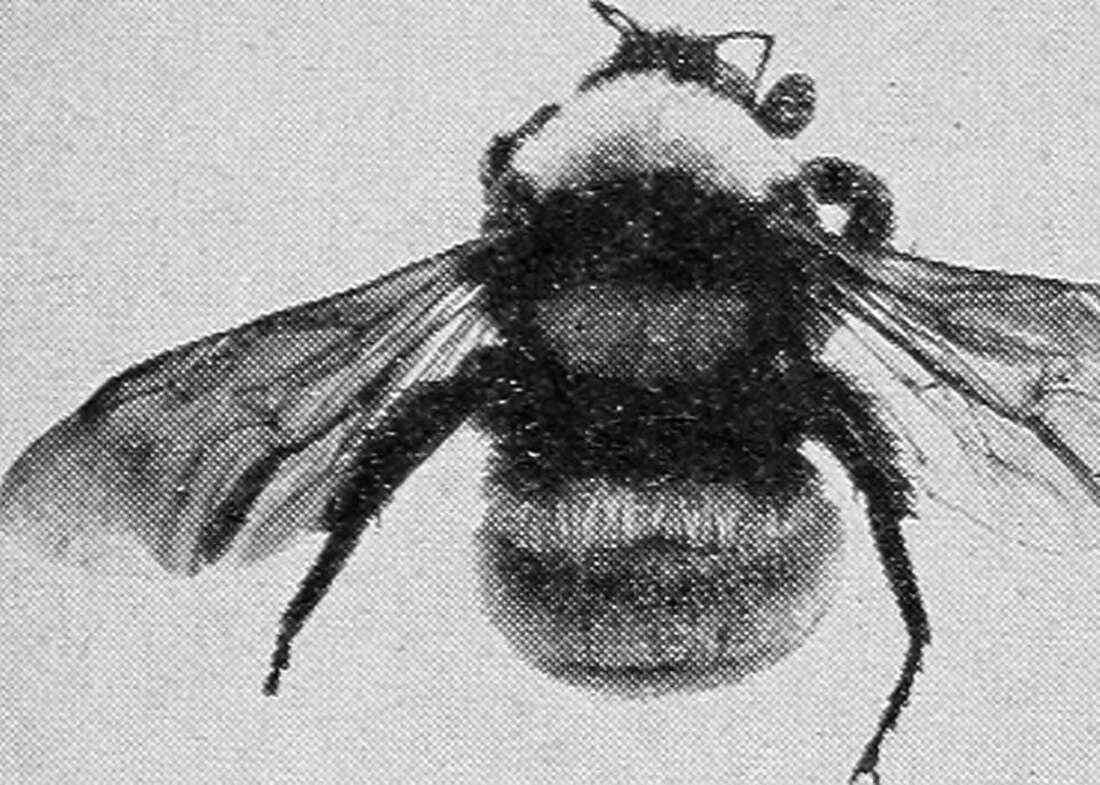Category — Features

An introduction to pollinators and what you can do to support them
What is a pollinator?
Pollinators are the many species that pollinate and fertilise flowering plants, including bees, flies, butterflies, moths, beetles, bats and birds. Without them, more than 70% of the world’s flowering plants would not fruit, seed or reproduce.

What about bees?
When we talk about pollinators you probably picture a bee, and when bees are mentioned you probably imagine honey bees, a species native to Europe and Southern Asia. Honey bees are special; they are one of the very few species that store honey, meaning they will keep foraging nectar and build up their supply of honey. Their ability to store honey is why they are so popular and have been farmed and monetised globally. European Honey Bees (Apis Mellifera) are fantastic at what they do, part of which is pollination. Honey bees are particularly great at pollinating European plant species because they have evolved alongside them. Though they are great at pollinating, they only contribute to a fraction of the total pollination that happens. A study of 41 food cropping systems around the world found that honey bees only increased crop yield in 14% of crops. This shows that wild pollinator species do much of the work.
Honey bees are not native to Aotearoa, but we do have our own native bees here called Ngaro Huruhuru. There are around 30 species of Ngaro Huruhuru with 28 of them endemic (only found here). In Aotearoa, our Ngaro Huruhuru does the best job of pollinating our native species as they have evolved alongside them. These native bees look like common flies to the untrained eye and are only alive for a short few months over summer before they reproduce and die. Ngaro Huruhuru are solitary and having too many honey bee hives in native bush is putting pressure on these special natives, as they are often outcompeted for precious nectar.
Life is diverse
What we really need is diversity as diverse pollinator species are the best at pollinating plants. From the common fly to our precious native bees, we need to ensure our land can support pollinator species to thrive. As people who eat and people who grow food that needs pollinating, our job is to build diversity in our environment to support our pollinators. We want to design ecosystems and environments that are suitable for all life to exist within. I’m a collaborator of For The Love of Bees, a project that invites you to imagine your city (or place) as the safest city in the world for bees and other pollinators. You can find lots of great tools and info on their website to help you support pollinators.
What can you do?
The main factors affecting the health of pollinators are lack of habitat, use of harmful chemicals, food scarcity and climate change. There is good news though, the changes we make to protect our pollinators will help all species – humans too. You don’t have to be a beekeeper to care for pollinators. Everyone has their part to play, pollinators live all around us and are drastically affected by the way we manage land. The first thing you can do is think about pollinators when you do something in your garden, like growing food. Start to think about the steps you can take to help pollinators too. By growing plants to feed yourself, you can feed so many more beings than just you. Here are some tips for how to grow and support pollinator species along the way by creating habitats and turning your garden into a pollinator sanctuary.
Don’t dig! Bumblebees, ngaro huruhuru, moths, and many other pollinators live in the ground. When you dig you risk destroying their homes. Digging up your soil also harms soil structure.
Let some plants go to flower. Classic, your lettuce bolted before you had a chance to eat it – don’t pull out that bolted lettuce straight away. A lettuce bolts before it flowers and once it does there will be hundreds of little flowers that will feed and attract pollinators. Attracting pollinators is good for you too – many of them will eat aphids and other pests helping your plants grow more healthily.
Grow companion plants such as marigolds or alyssum alongside your crops to attract beneficial insects. This increases the health of your crops whilst also providing food for bees.
Plant cover crops to improve your soil and let the cover crop flower to feed pollinators. Growing cover crops improves soil by adding organic matter, improving soil structure and fixing atmospheric nitrogen to the soil which provides plant-available nitrogen to the next crop. Cover crops also provide habitats and food sources for lots of species from microbes in the soil, to pollinators.
Don’t spray nasties, you can apply beneficial microbes instead to help your plants grow stronger and more resilient to pests and your soil and food will be healthier for it, and so will pollinators! Try using BAM (beneficial anaerobic microbes) which you can buy from OMG Auckland’s regenerative inner-city community farm.
Create shelter for pollinators. Different pollinators nest in different places, some underground, others in twigs or leaves. You can create shelter for pollinators in your own garden quite easily, for example, piles of leaves, mounds of uncovered soil, dead wood, dry crops and piles of stones are all shelter for pollinators.
Plant trees, trees are great for pollinators and they’ll be there for a long time, they’ll provide reliable food and shelter for years to come and need very little maintenance once they’re established.
Think seasonally, grow flowers year-round to help the pollinators have food sources when they need it the most.
Rethink your lawn, and let your grass grow, think of it as a mini meadow. When you mow your lawn less it leaves time for beautiful flowers to pop up, you might try seeding some too, like clover.
Leave fresh water out, just like us, pollinators need water, make a pollinator pool by filling a bowl with water and adding pebbles or marbles to the top so the pollinators don’t drown.
Connect habitats, habitats must be connected for pollinators to be able to move between them, collaborate with your neighbours to connect up and grow habitats. Think about how you could create a chain of pollinator sanctuaries between your two nearest green spaces with your community.
What should you plant to help pollinators?
It’s important to provide food all year round, particularly in winter and early spring when there are less flowers around. Simply put, if you plant flowers you are providing food for pollinators. Here are some examples of species you can plant (look at Trees for Bees for a more extensive list of species and what to grow in your area for NZ).
Spring:
Native:
Kōwhai, Titoki, Kumarahou, Taraire
Introduced:
Apple, Cherry, Citrus, Borage, Calendula
Summer:
Native:
Pohutukawa, Kanuka, Manuka, Tī Kouka, Rata
Introduced:
Thyme, Comfrey, Bee balm, Cosmos, Echinacea, Hollyhock, Cornflower, Sage, Sweet Peas, Sunflower
Autumn:
Native:
Koromiko, Harakeke, Houhere, Korokio, Karamu, Kohekohe
Introduced:
Brassica , Zinnias, Asters, Peas, Beans
Winter:
Native:
Hinau, Karo, Miro, Pūriri, Matipo
Introduced:
Cornflower, Lavender (year round), Rosemary (year round)
If you do really want to become a beekeeper, learn before you dive in – you can do more harm than good if you don’t know what you’re doing. Before I became a beekeeper I first did a course through my local beekeeping club, found a mentor and then had hives with support; keeping them on an experienced beekeepers apiary where once a month for a year I was supported to go through the hive as a lesson. If you’d like to become a beekeeper…
First ask yourself why you want to become a beekeeper
Connect with your local beekeeping club
Prepare for your bees, create a pollinator sanctuary and make sure your space is safe, free of chemicals and full of food for your bees
Do a course!
Find a mentor, volunteer to help a beekeeper and learn through doing
Find or create a community, have people you can call on for support if you’re not sure what to do
Get two hives to begin with so you can compare and if one colony dies you haven’t lost all your bees
Keep learning and doing your best to support all pollinators
As humans, we are dependent on pollinators in order to eat. Pollinators do so much for us – let’s do what we can for them. Let’s imagine and create safe spaces for pollinators to thrive so we can thrive too.
Our collective love of honey bees can be useful in teaching people about pollinators and how to create safe environments for them. For the love of bees have loads of great tools to help you help pollinators: https://www.fortheloveofbees.co.nz/tools.
To learn more about regenerative growing in NZ follow @omg_akl and @regenerate.now.
You can learn more about Ngaro Huruhuru, Aotearoa native bees from Dr. Ngaire Hart: ngarohuruhuru.org
Trees for bees have lots of info on what to plant in your area to feed pollinators: treesforbeesnz.org
Study quoted on wild pollinators: science.sciencemag.org
By Ella Rose Shnapp.